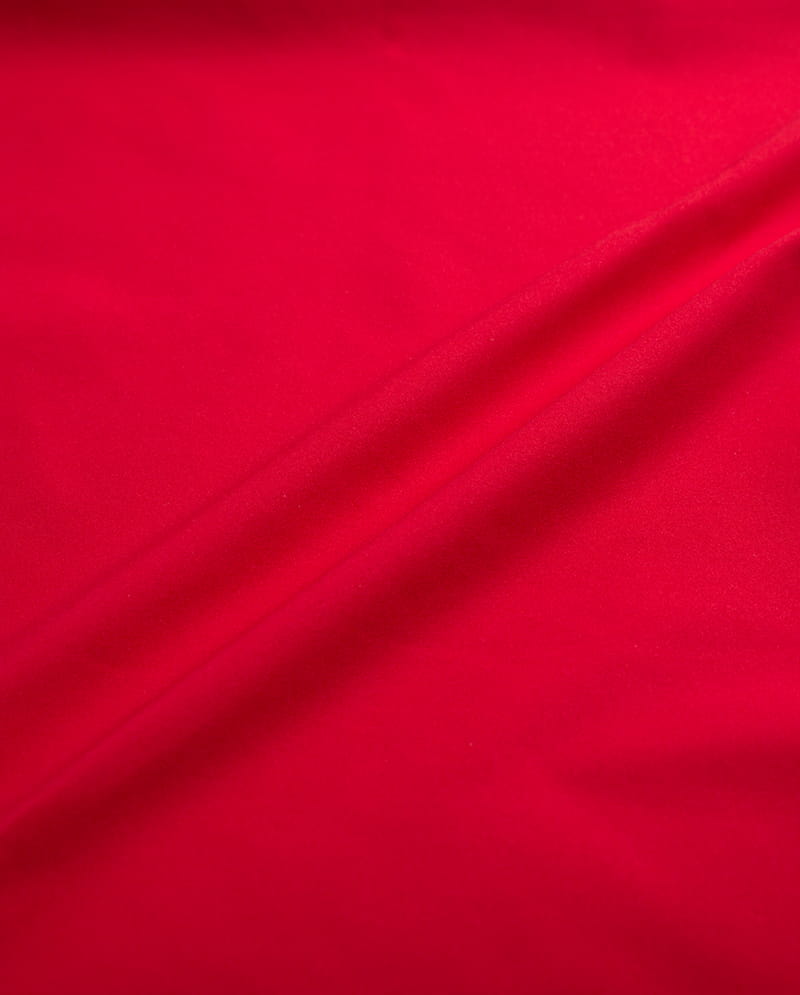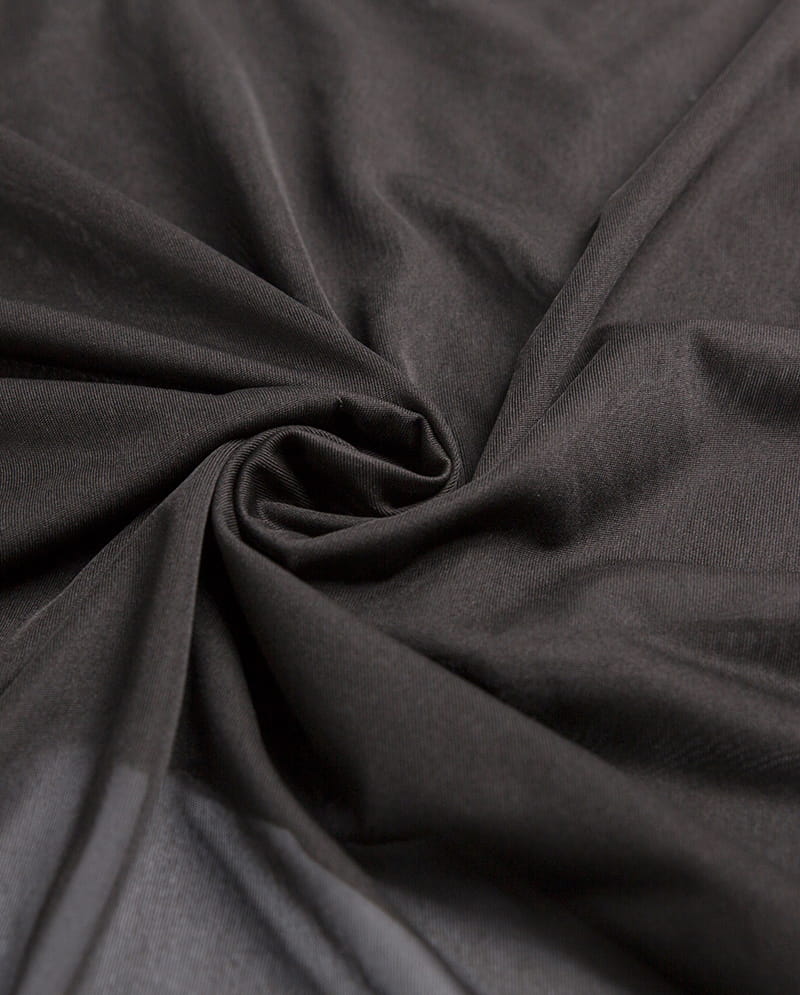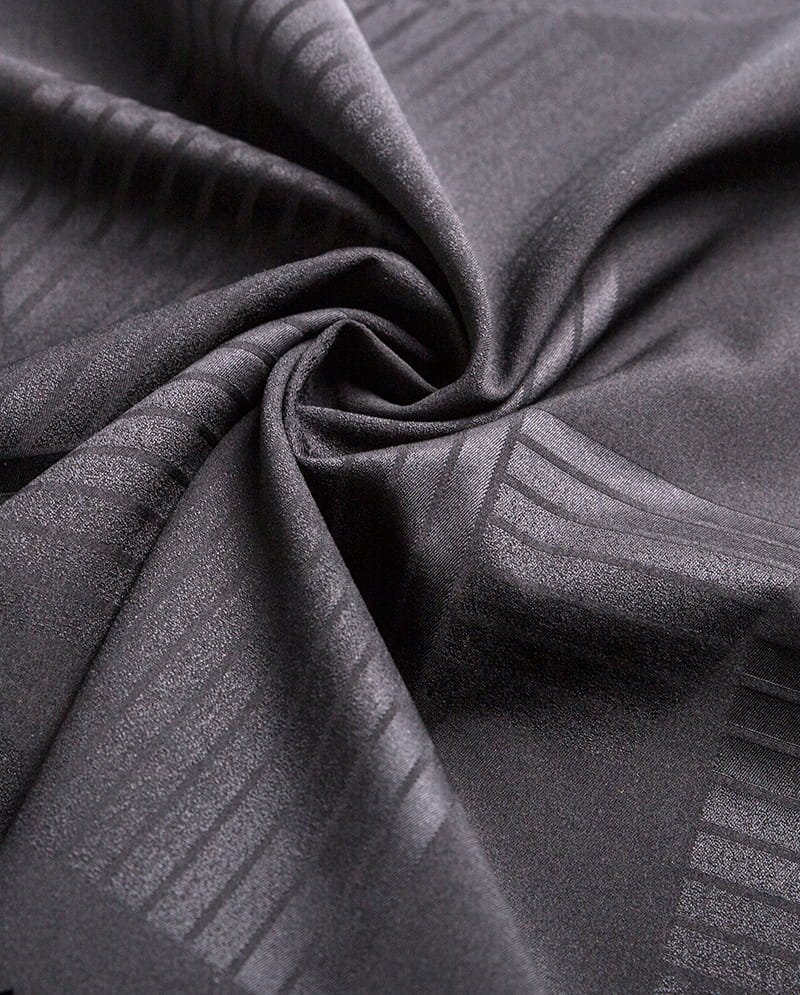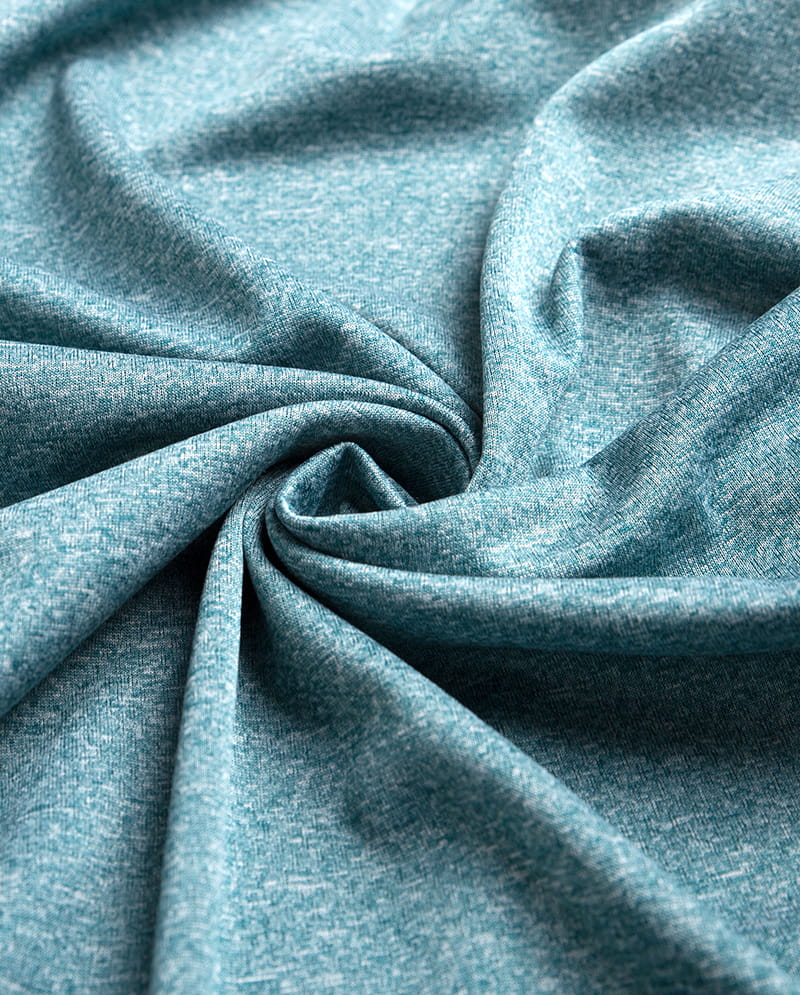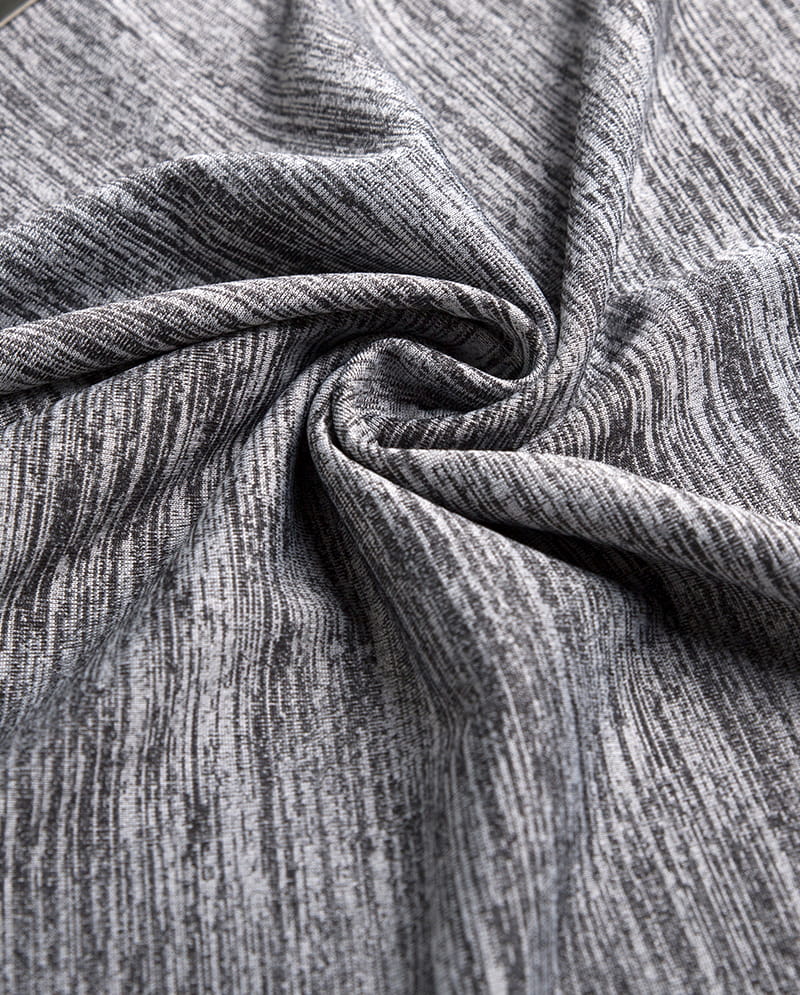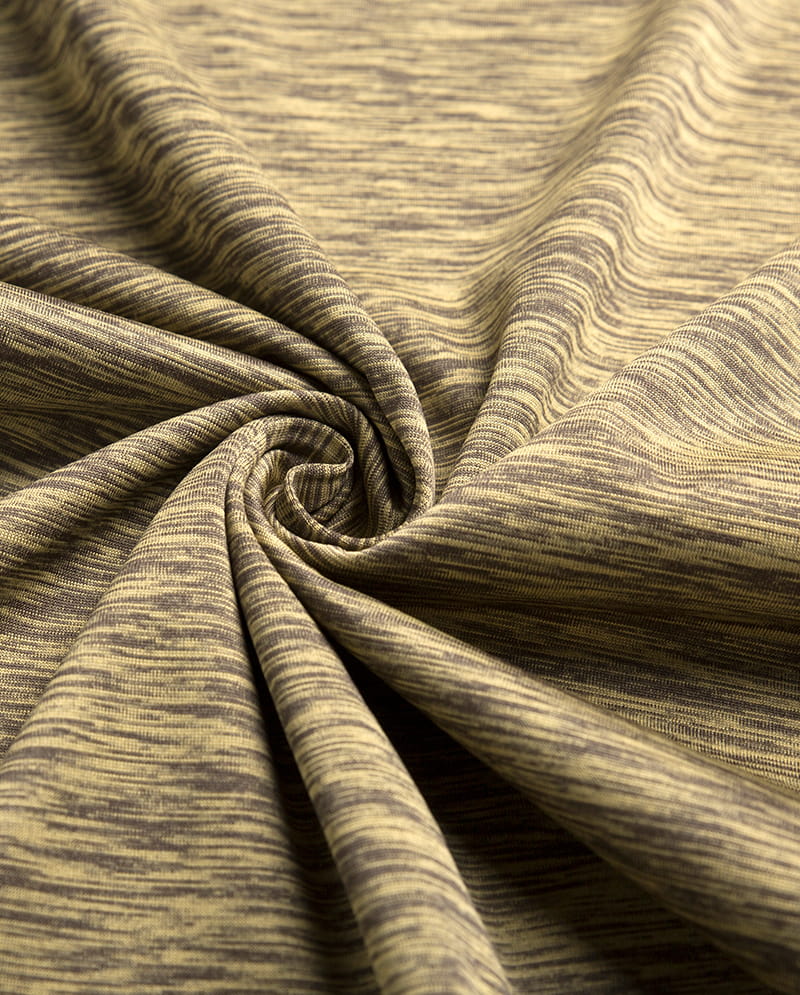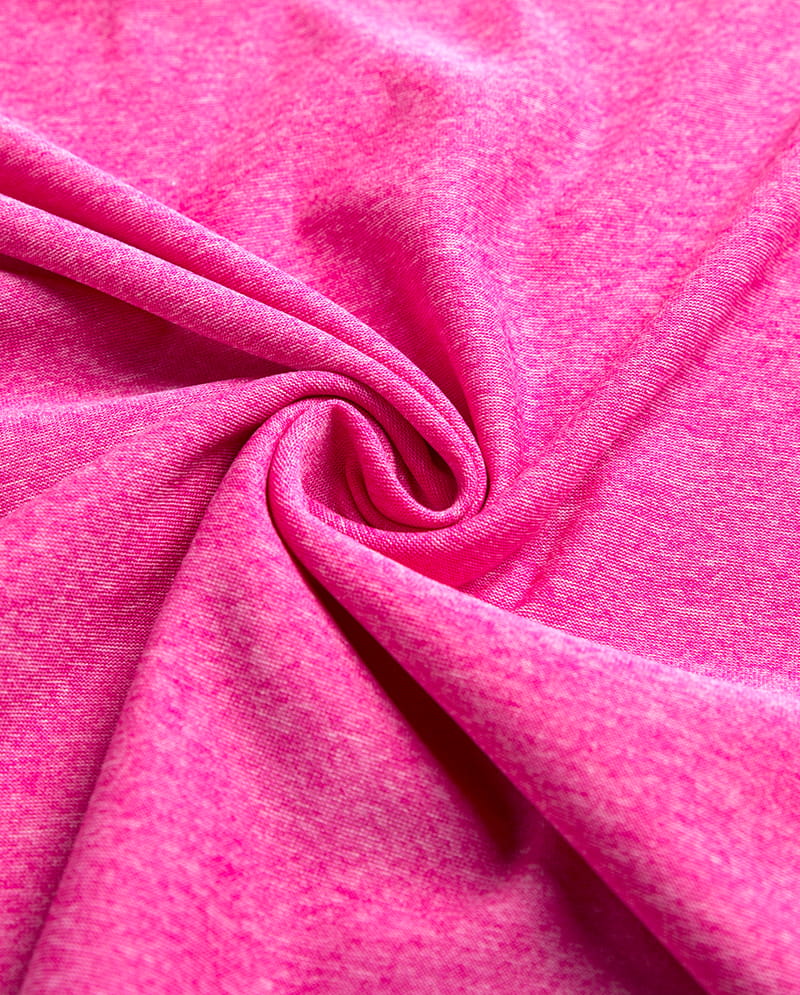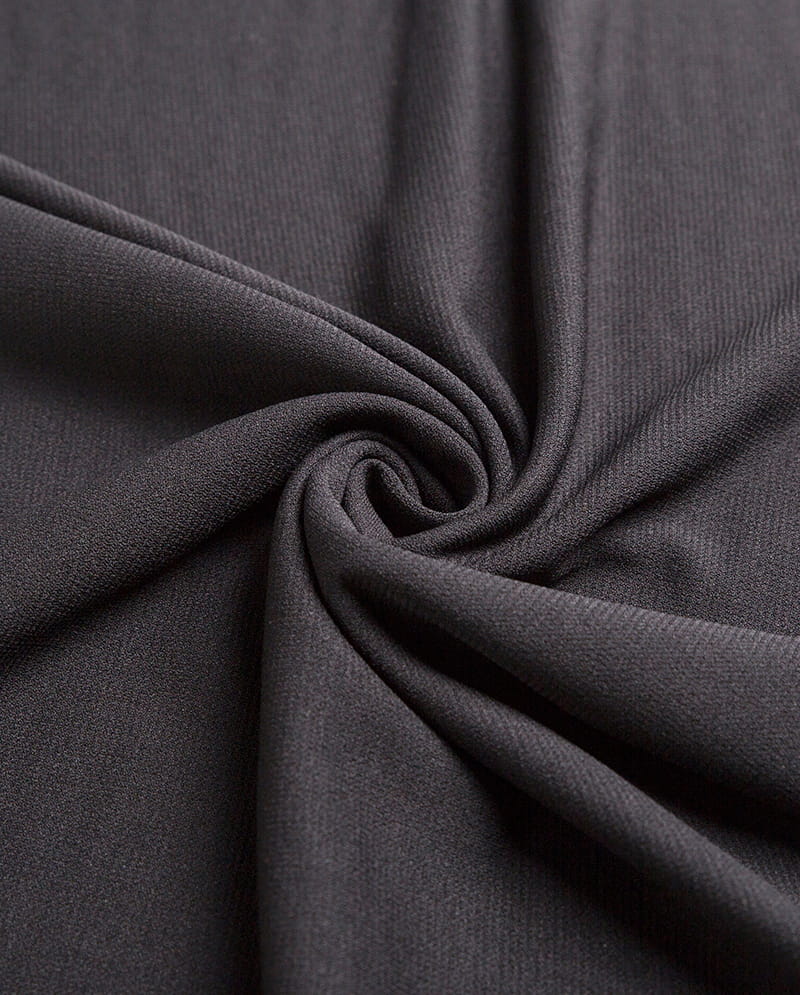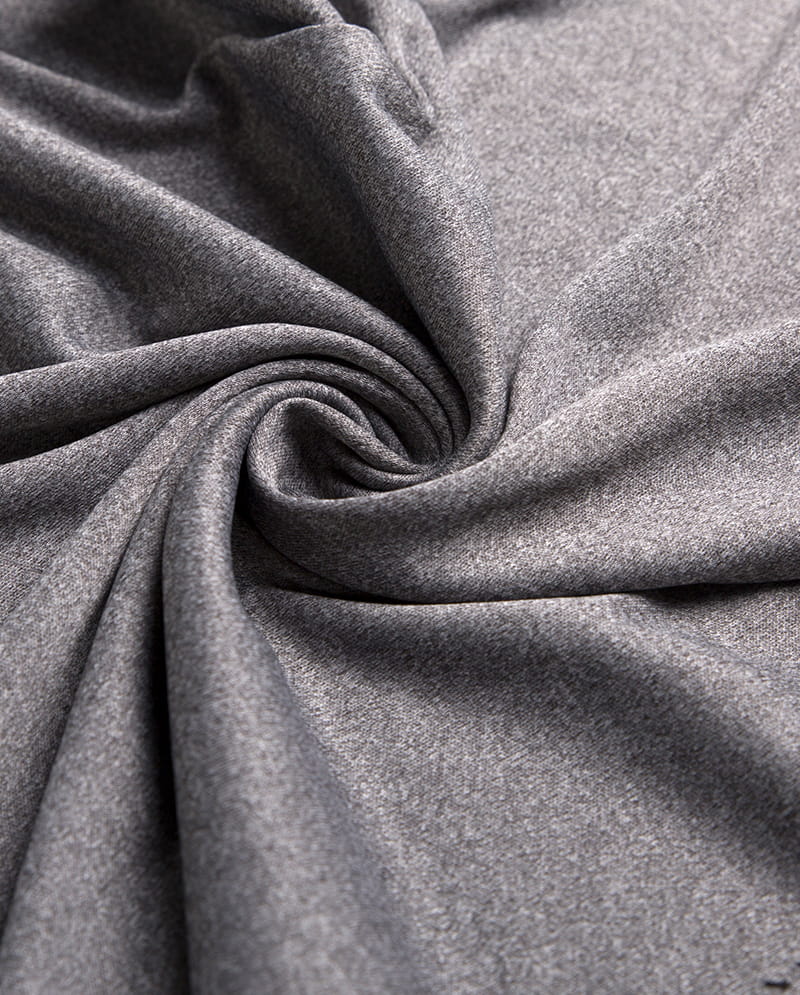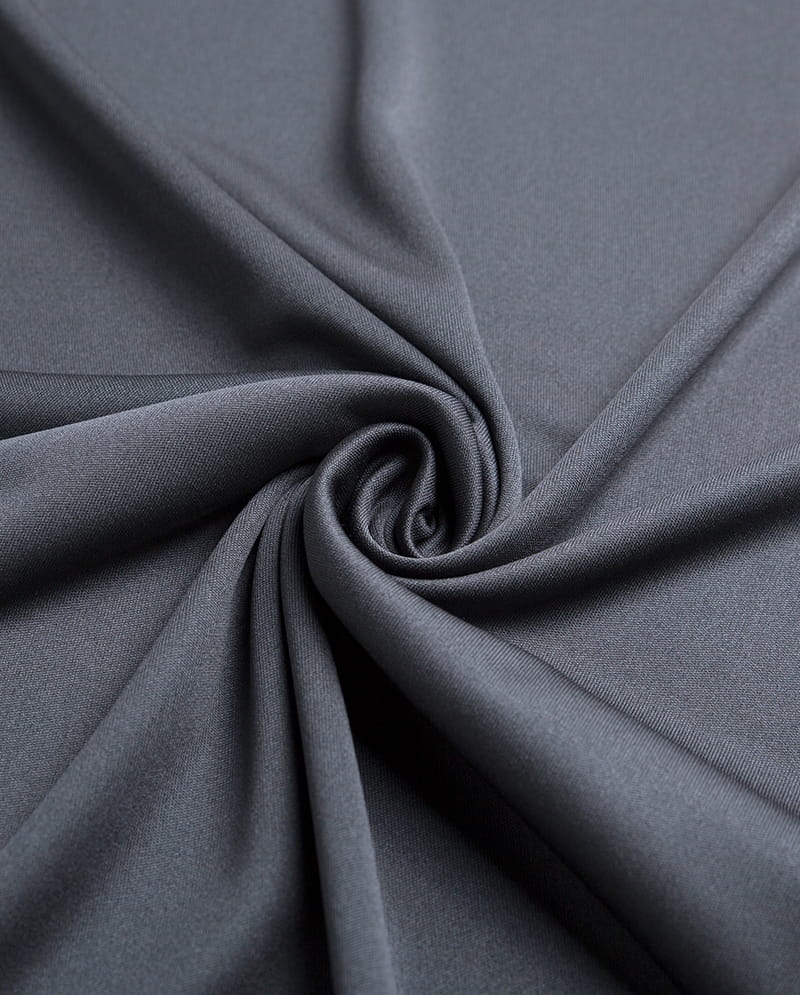What Are Common Defects in FDY Yarn, and How Can They Be Prevented?
Fully Drawn Yarn (FDY) is a type of polyester filament yarn that is widely used in textiles for apparel, home furnishings, and industrial applications. Its consistent strength, high elongation, and excellent smoothness make it highly desirable. However, like any industrial product, FDY yarn can develop defects during production, which can impact downstream processes like weaving, knitting, and dyeing. Understanding these defects, their causes, and methods of prevention is essential for manufacturers and quality control teams striving for high-quality output.
1. Uneven Yarn Thickness (Thick-and-Thin Spots)
Description:
Uneven yarn thickness, often called thick-and-thin spots, occurs when sections of the yarn vary in diameter. This can lead to inconsistencies in fabric appearance, poor weaving performance, and problems during dyeing.
Causes:
- Inconsistent polymer feed: Variations in the melt flow during extrusion can create sections of thicker or thinner filaments.
- Spinneret issues: Clogging or wear of spinneret holes may result in irregular filament formation.
- Draw tension fluctuations: In FDY production, uneven tension during the drawing process can stretch filaments inconsistently.
Prevention:
- Maintain consistent polymer feed rates and temperature controls in the extruder.
- Regularly inspect and clean spinnerets, replacing them if wear is detected.
- Ensure uniform draw tension using calibrated rollers and monitoring systems.
- Implement real-time thickness monitoring with optical sensors to detect and correct deviations immediately.
2. Broken Filaments
Description:
Broken filaments are individual fibers that snap during spinning or post-drawing processes. They can lead to yarn ends protruding from the fabric, reducing smoothness and strength.
Causes:
- Excessive drawing speed: High drawing speeds can overstretch filaments beyond their breaking point.
- Poor polymer quality: Impurities or uneven polymer molecular weight distribution can reduce filament strength.
- Mechanical defects: Abrasion from rollers or guides can cause filaments to fracture.
Prevention:
- Optimize drawing speed and temperature profiles to prevent overstretching.
- Source high-quality, consistent polymer batches with uniform molecular weight.
- Maintain machinery to avoid sharp edges or rough surfaces that may damage filaments.
- Employ continuous filament monitoring systems to detect broken filaments and stop production if necessary.
3. Contamination or Foreign Particles
Description:
Contamination occurs when dust, oil, or other foreign particles adhere to the yarn. This can result in defects in fabric, uneven dye absorption, or yarn breakage during knitting or weaving.
Causes:
- Dirty production environment: Dust and fibers from other processes can contaminate yarn.
- Equipment lubrication issues: Oil leaks from machinery may transfer to filaments.
- Polymer impurities: Foreign particles present in the raw polymer can carry through extrusion.
Prevention:
- Keep production areas clean and well-ventilated, using air filtration where necessary.
- Regularly inspect and maintain machinery to prevent oil leaks.
- Use high-purity polymer feed and implement sieving or filtration systems during extrusion.
- Implement yarn cleaning systems post-extrusion to remove surface contamination.
4. Yarn Curl or Spiral Defects
Description:
Curl or spiral defects occur when the yarn exhibits a twisted or helical pattern that was not intended. This can cause problems in weaving or knitting and affect fabric aesthetics.
Causes:
- Improper drawing conditions: Unequal cooling or tension during the drawing process can cause filaments to twist.
- Incorrect winding tension: Uneven winding on packages can introduce curl into the yarn.
- Residual stress in filaments: Inconsistent crystallization during cooling can create stress, resulting in curl.
Prevention:
- Maintain uniform cooling and draw tension throughout production.
- Monitor winding tension carefully to ensure consistency across the package.
- Use heat-setting processes to relax filaments and eliminate residual stress.
- Perform periodic quality checks for curl on production batches.

5. Slubs or Knots
Description:
Slubs are localized thick areas in the yarn, while knots are compact, tangled filaments. Both defects lead to uneven texture in the final fabric.
Causes:
- Polymer gel or foreign particle inclusions: Hard particles in the polymer stream can form knots.
- Improper drawing or spinning: Uneven tension can result in localized filament bunching.
- Moisture in the polymer: Water content can create bubbles or irregular filament solidification.
Prevention:
- Filter polymers carefully to remove gels or impurities before extrusion.
- Control moisture content in the polymer to prevent bubble formation.
- Ensure uniform draw and winding tension to reduce filament bunching.
- Conduct visual and automated inspection to identify and remove slubs or knots.
6. Pilling and Hairiness
Description:
Pilling occurs when loose fibers protrude from the yarn surface, forming small balls during subsequent processing. Hairiness is a related defect where the yarn surface has excessive loose filaments. Both affect fabric feel and appearance.
Causes:
- Excessive filament breakage: Loose fibers remain on the yarn surface.
- Inadequate surface finishing: Yarn may not be properly heat-set or singed.
- High-speed winding or handling: Mechanical abrasion can produce fuzz on the yarn surface.
Prevention:
- Optimize heat-setting and surface finishing to stabilize filaments.
- Minimize mechanical stress during winding and packaging.
- Use anti-pilling treatments when necessary for sensitive applications.
- Regularly inspect yarn hairiness levels and adjust machinery settings accordingly.
7. Color and Dyeing Defects
Description:
FDY yarn may develop uneven color absorption, streaks, or blotches during dyeing, affecting the uniformity of fabric color.
Causes:
- Inconsistent polymer additives or pigments: Uneven distribution can result in streaks.
- Residual lubricants or surface contaminants: Oils or dirt interfere with dye uptake.
- Incorrect dyeing parameters: Temperature, pH, or time variations affect color uniformity.
Prevention:
- Ensure even polymer compounding and additive distribution.
- Maintain yarn cleanliness before dyeing.
- Optimize dyeing parameters for the specific FDY type and fabric application.
- Conduct small-scale trials to adjust dye recipes before full-batch production.
8. Mechanical Damage During Handling
Description:
Mechanical damage includes abrasion, cuts, or compression that compromise yarn integrity. These defects often appear after production but before downstream processing.
Causes:
- Rough handling during winding or packaging
- Inadequate protective packaging
- Sharp edges on machinery
Prevention:
- Train staff in careful handling practices.
- Use protective packaging for transport and storage.
- Inspect and maintain all contact surfaces to prevent mechanical damage.
Conclusion
FDY yarn defects, while varied, are largely preventable with a combination of stringent quality control, proper equipment maintenance, and careful process optimization. Addressing issues such as uneven thickness, filament breaks, contamination, curl, slubs, hairiness, color defects, and mechanical damage requires a holistic approach—from raw material selection to the final packaging stage.
By implementing preventive measures, manufacturers can enhance product consistency, reduce waste, and ensure FDY yarn meets the demanding requirements of textile applications. Continuous monitoring, staff training, and adopting technological innovations like real-time sensors and automated inspections can further improve quality and operational efficiency.
High-quality FDY yarn production is not just about machinery; it is about process discipline, attention to detail, and a proactive approach to defect prevention. With these strategies, manufacturers can confidently produce FDY yarn that performs reliably in every downstream application.

 English
English 中文简体
中文简体